Blue cheese is a real aristocrat among cheeses and they represent a really huge variety. The sharp spicy taste is only for true connoisseurs.
Blue cheese is a general name for salted products that contain a special type of penicillium mold. Its result is the blue stripes in the cheese, which give it its name.
The fungus responsible for making this cheese is found in nature. The spores of the fungus develop most often in caves and therefore the precious blue cheeses are aged in a real natural refrigerator, which is the cave.
Among the best blue cheeses are always French cheeses. This is not entirely true, regardless of the fact that French blue cheeses have managed to win the championship. A Spanish blue cheese managed to establish itself as an absolute favorite in this aristocratic company. This is Cabrales blue cheese.
Where does Cabrales cheese come from and how is it made?
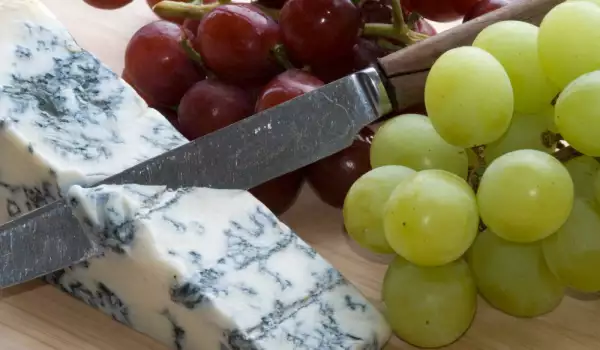
The Spanish region of Asturias is the birthplace of the tempting product. It is produced only in the Bay of Biscay region. The raw material used is most often a mixture of the three types of milk - cow, sheep and goat.
Cabrales cheese ripens in caves, the right to use which is passed down from generation to generation. The ripening time is 2-3 months. The rind of the cheese is pierced with sticks, so that the mold can spread inside. Locals prefer to consume it when 6 months have passed and it has turned almost blue in color. Its aroma is sharp, specific and has hints of fermented fruit, mold and yeast.
It is known that serving cheeses is subject to certain requirements for their pairing, as well as for the types of cheese that must be present on the plate, so that you can appreciate the taste of each to the best degree.
Cabrales cheese is served wrapped in ash and maple leaves, emphasizing the aroma of the product. The classic wine and cheese pairing connected Cabrales with the mature, aged whites and dessert wines. It can also be tried with a red wine with a dense sweetness, with ripe tannins.
With its 400, 000 kilograms per year, this cheese will surely take the lead among the most widely known and preferred Spanish cheeses in the world. It has been the best Spanish cheese for 7 years.
Composition of Cabrales cheese
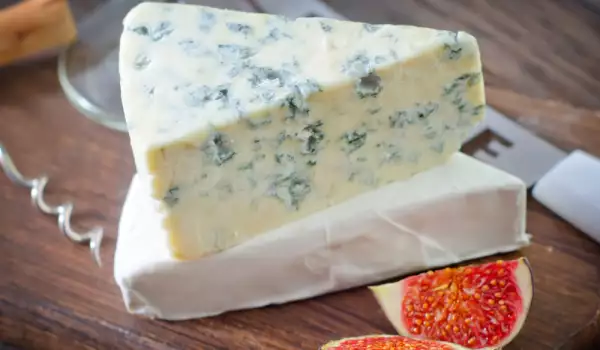
The calorie content of cheese is 388-392 kcal per 100 g, of which:
1. Proteins - 21.50 g;
2. Fats - 34 g;
3. Carbohydrates - 2 g.
Vitamins per 100 g:
1. Vitamin A - 300 mg;
2. Thiamine - 0.03 mg;
3. Riboflavin - 0.6 mg;
4. Niacin - 6.3 mg;
5. Pyridoxine - 0.08 mg;
6. Folic acid - 80 mcg;
7. Cobalamin - 1.2 mg;
8. Tocopherol - 0.8 mg;
9. Vitamin D - 0.23 mg.
Minerals per 100 g:
1. Sodium - 1067 mg;
2. Calcium - 700 mg;
3. Phosphorus - 379 mg;
4. Potassium - 95 mg;
5. Magnesium - 20 mg;
6. Zinc - 2.3 mg;
7. Iron - 0.6 mg.
Fat per 100 g:
1. Cholesterol - 93-98 mg;
2. Monounsaturated fatty acids - 9.4 g;
3. Polyunsaturated fatty acids - 0.92 g;
4. Saturated fatty acids - 17.7 g.
Cabrales cheese also contains essential amino acids: glutamic and aspartic, proline, serine, histidine, valine, tyrosine, phenylalanine, lysine, leucine, threonine and isoleucine.
It is an extremely useful product for those who lead an active lifestyle and exercise. In order to produce the necessary amount of keratin, which takes care of charging the body and is the necessary energy reserve, only 70-80 grams of the cheese will be needed. It is synthesized stably, namely after the complex of amino acids (arginine, methionine and glycine) in Cabrales enters the body. Although they are not present in a large percentage in cheese, it is quite enough for these purposes of the body.
We cannot fail to note separately the sodium content in the product, which is also important for health.
Cabrales cheese health benefits

As you understood, this variety is a fermented milk product, which is rich in many valuable and important substances for health. For example, the fatty acids in its composition take care of the beauty of the skin and increase vascular tonicity. Of course, this is far from the only cheese health benefit.
Cabrales is very useful for bone and cartilage tissue, strengthening it and protecting the body from various degenerative-dystrophic changes in the supporting apparatus. People who have included this type of cheese in their menu suffer less from arthrosis and gout.
Cabrales has a good effect on hair growth, making it thicker and stronger. Nail plates become denser and do not delaminate.
Along with all these pleasant benefits for the body, the regular consumption of Cabrales cheese improves digestion, which is extremely useful for people who suffer from regular constipation. The creamier, fatter consistency of the cheese forms a kind of film on the mucous membrane, which protects against the aggressive effects of the salty vinegar, which is synthesized by the stomach.
The cheese improves memory function and blood formation. It also increases the production of red blood cells and extends their life cycle. Like any other savory food, this cheese stimulates the release of serotonin. With this, it helps to improve the mood, cope with stress and restore the emotional state.
Contraindications when consuming Cabrales
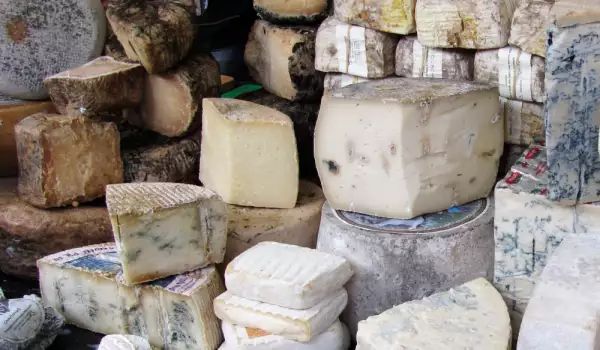
If today all sanitary standards are observed during the production of Cabrales cheese, then only 30-40 years ago its tasting could have ended with a nutritional disorder due to the violation of hygiene requirements. For example, according to the old recipes, cheese wheels were hung on apple trees. The material they were covered with did not protect them from insects.
Farmers, however, who still adhere to the tradition, cover the surface of the pies only with wet leaves, so that flies do not land on them. However, this does not help to completely protect them from flies, for example and this way hygiene norms are violated.
With all this in mind, it is important to mention that tasting the cheese may even be dangerous for small children, pregnant women or those with digestive problems. Therefore, you should never buy Cabrales from farmers, but only from official producers, where you will be sure that all hygiene requirements are met.
The product is not recommended for people who are intolerant to milk protein or lactose. Considering the large amount of salt in the composition of Cabrales cheese, it should not be included in the menu of people who have kidney diseases, a tendency to edema, hypertension and gout.
Cabrales Cheese Recipes
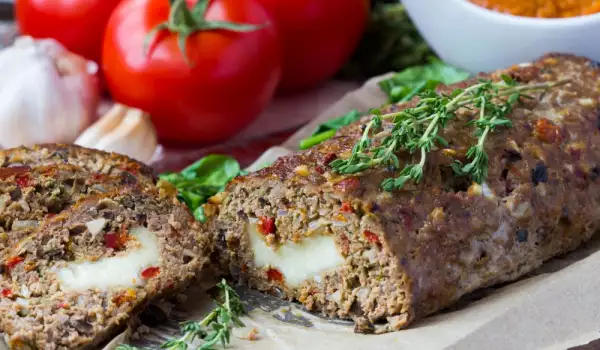
The product is considered a delicacy and is usually served with marmalade or honey. Its taste is perfectly combined with ciders and white wines, revealing the flavors of the cheese. Often in large restaurants it is used to prepare various sauces, hot dishes or even desserts.
1. Cabrales cheese sauce
Heat 200 milliliters of cream, then add 1 tablespoon of butter and 50 grams of cheese. Reduce the heat and leave it, until it thickens into a thick sauce consistency. Season with salt and black pepper or add rosemary if desired.
2. Croquettes with Cabrales cheese
Peel an apple and cut it into cubes. Add one broccoli, then fry them with 1 tablespoon of sugar and butter, until they aquire a golden brown. Then fry an onion in the same pan. When it becomes transparent, add 80 g of flour and pour 500 ml of preheated milk. Remove the pan from the heat, by mixing the broth with 200 grams of Cabrales cheese, until a dough is obtained. If it is too runny, then you can add more flour. Beat 2 eggs and heat the fryer. Take a little bit of the dough and roll it first in the egg, then in the breadcrumbs and fry, until it aquires a golden color in the deep fryer.
3. Rice and shrimp with Cabrales cheese
Chop an onion and two cloves of garlic, then fry them in a pan with a little oil. When they become slightly golden, add 500 grams of rice to lightly fry as well. Pour water in a ratio of 1:2 with the rice and boil for 15 minutes. Add 2 finely chopped apples and 200 grams of Cabrales cheese. The shrimp are cooked separately on the grill, they are seasoned with black pepper and parsley and then added to the cooked rice.
4. Savory cakes with Cabrales
Add 75 grams of butter and 1/3 cup of cream to 300 grams of cheese. Refrigerate the mixture, until it thickens, then form balls and roll them in grinded nuts, sesame and poppy seeds. Leave the salty cakes for several hours in the refrigerator.
Interesting facts about Cabrales
There are several legends about the origin of the variety. One of them tells about a shepherd who was madly in love with a girl and even forgot about his duties. He left his cattle and went to her. All the animals were collected safely by his comrades. When he returned after a few months to his home, his family did not accept him, as by his act he could have left the entire village without food. The distraught boy decided to go to a nearby cave to spend the night. He noticed with amazement that the milk he had thrown away with a piece of bread had hardened. This is how the first piece of Cabrales cheese appeared, with a sharp smell and a pleasant taste. The villagers even forgave him in exchange for the recipe for this delicacy.
The second legend is more plausible. According to it, when making cheese, the poor peasants poured the milk into a vessel and then made their cheese. In 1-2 days, enough raw material was collected, which soured and became the ideal leaven. At that time, the villagers did not even think about hygiene and sanitary standards and that they could get an eating disorder. Black mold, which was already known to be harmful to health, was destroyed with salt.
Cabrales can be called a gastronomic symbol of the province in northern Spain, Asturias. To get acquainted with this exquisite taste, you will have to visit the village of the same name - only there they make an original fermented milk product. An interesting fact is that today it is this variety that is most often counterfeited.
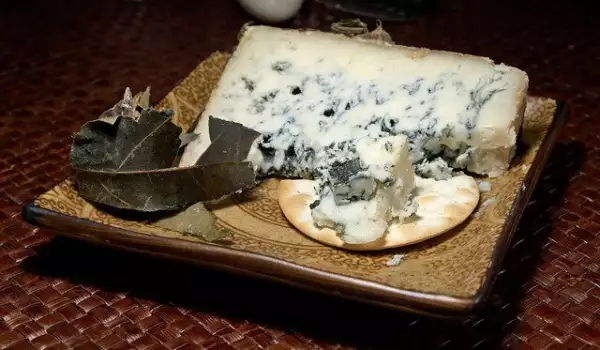
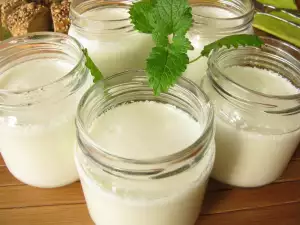
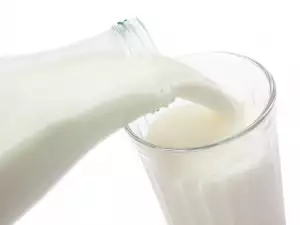

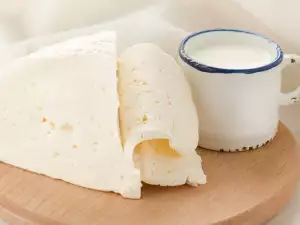
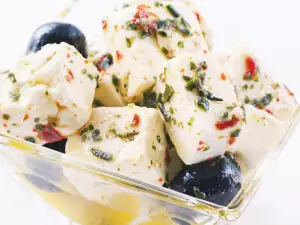

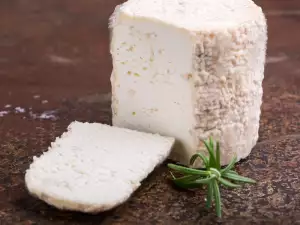
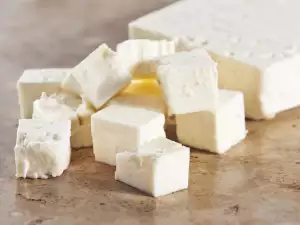
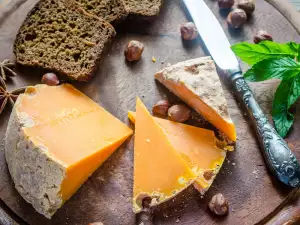
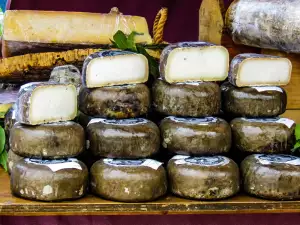


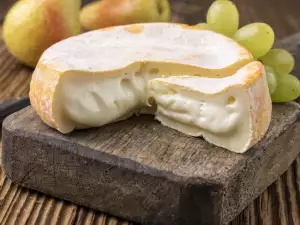
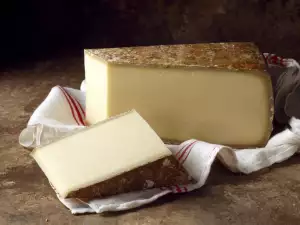




Comments